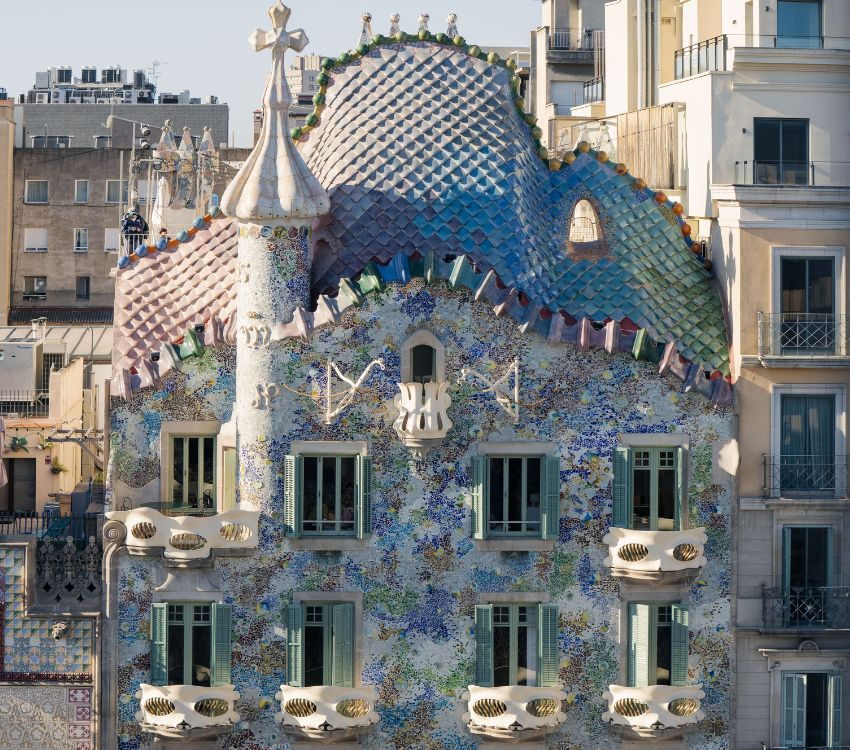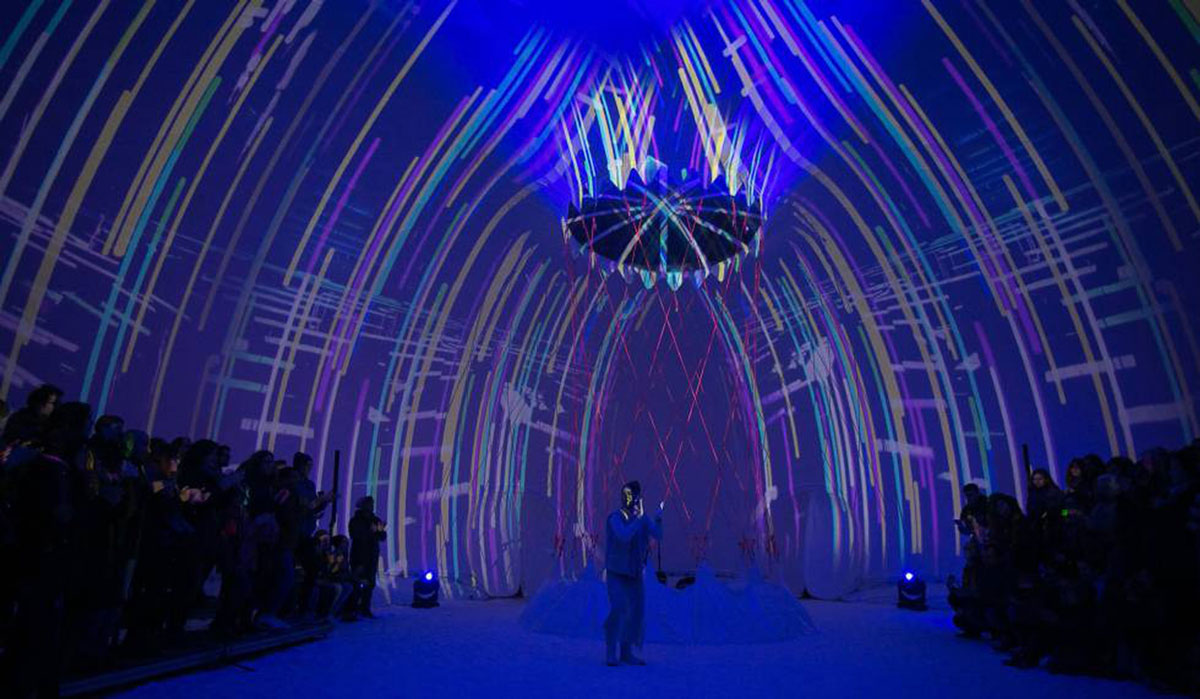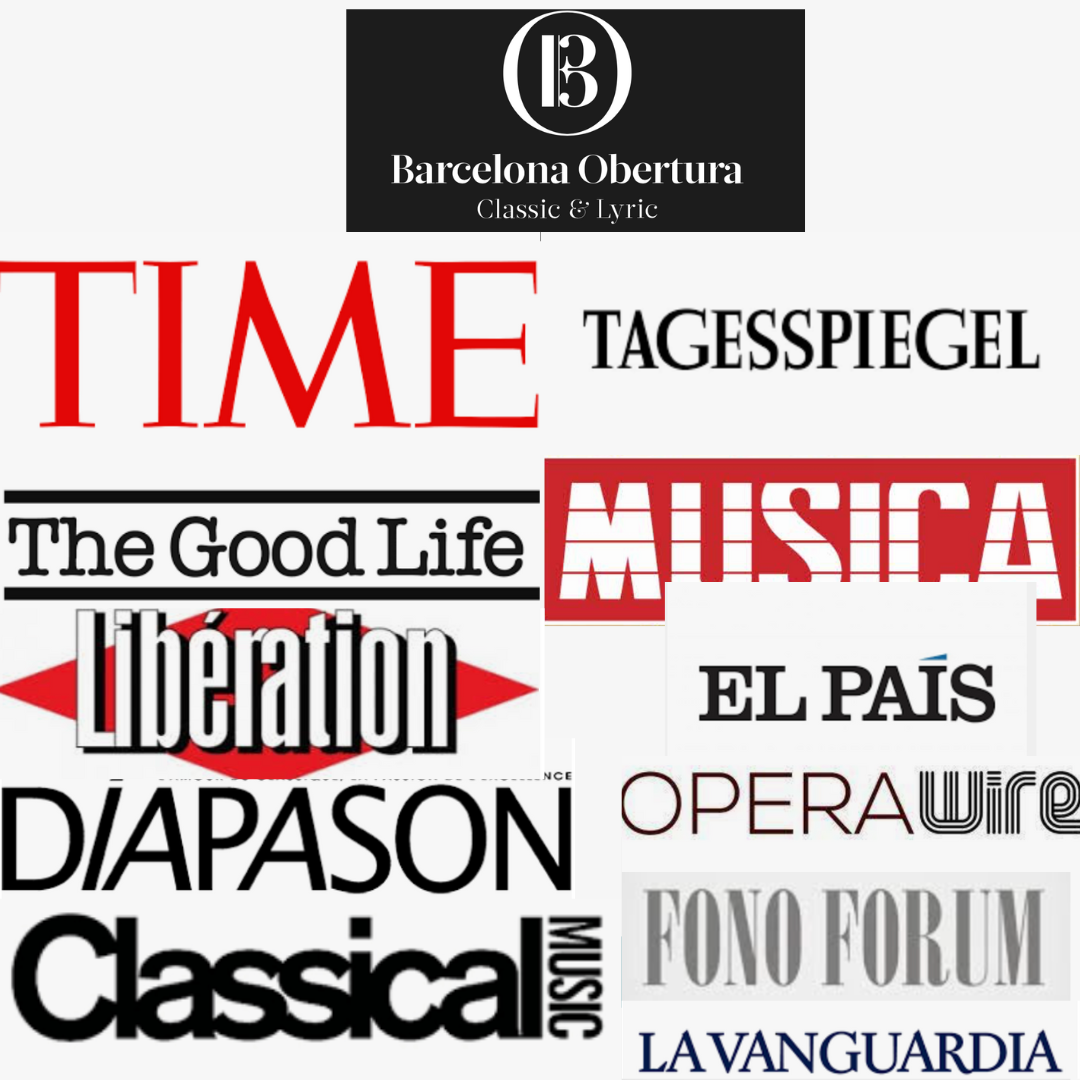Gaudí’s Casa Batlló Casa Batlló is one of the most emblematic buildings of Catalan modernism as well as an authentic symbol of the city of Barcelona.
In addition to knowing that it is a work by the architect Antoni Gaudí, there are other very interesting facts:
1. Casa Batlló is also known as the House of the Dragon. This is mainly because its colorful façade is a reference to the legend of Sant Jordi, patron saint of Catalonia and associated symbols. There is a lot of debate about this, there are those who believe that it is an aquatic landscape reminiscent of Monet’s series of oil paintings, and others, like the genius Salvador Dalí, said that these shapes belonged to the sea and marine animals. It is clear that Antoni Gaudí liked to include organic elements from nature, perhaps he saw it as a way of keeping his constructions alive. In Barcelona on the day of the Sant Jordi festival, 23rd April, Casa Batlló is a mandatory visit? You want to know why? Click here!
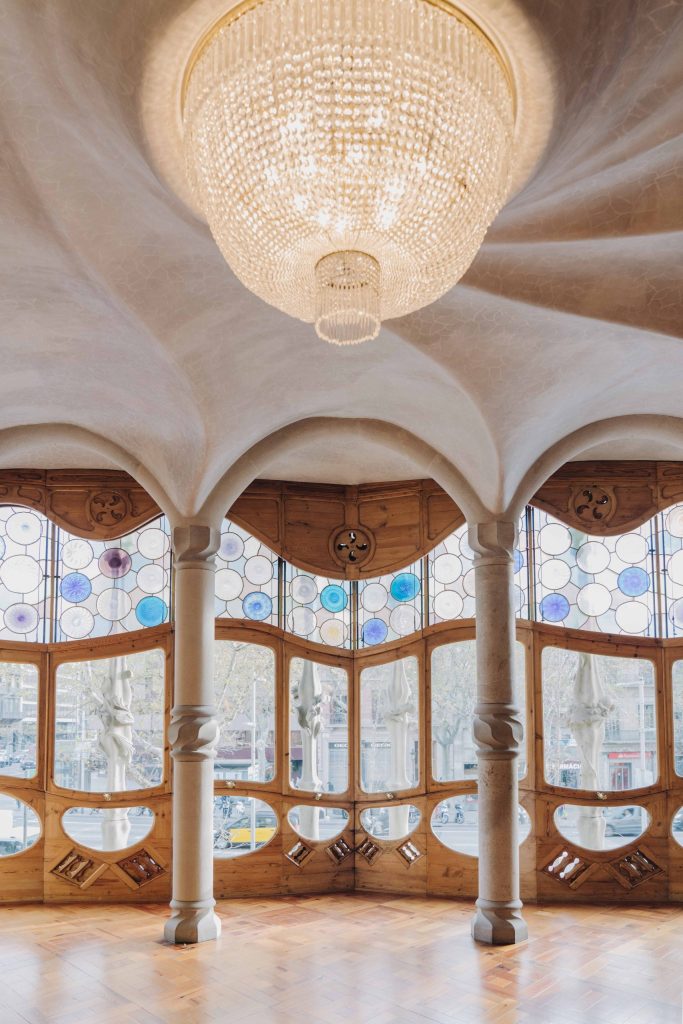
2. The work is actually an adaptation of a building built between 1875 and 1877 by Emilio Sala Cortés, who was the professor of architecture and also a teacher of Antoni Gaudí. What he did was renovate it to make it one of the greatest examples of Catalan modernism.
3. It is located in an area that came to be called the ‘Block of Discord’. Mainly because it was the location for five important modernist buildings – Casa Lleó Morera by Lluís Domènech i Montaner, Casa Mulleras by Enric Sagnier, Casa Bonet by Marcel·lià Coquillat, Casa Amatller by Josep Puig i Cadafalch and the house itself. Casa Batlló – In fact the reference to discord refers to the great professional rivalry between Domènech i Montaner, Puig i Cadafalch and Antoni Gaudí.
4. In 1903 when Josep Batlló i Casanovas bought the building for 510,000 pesetas (3,000€) and decided to entrust Antoni Gaudí with the construction project for his house. It is noteworthy that the businessman gave him total freedom since he wanted his home to stand out from the rest and exude the modernist style so typical of Gaudí. The work was finished in 1907.
5. Casa Batlló was owned by the Batlló family until the 1950s. It then passed to different companies and individuals but since the 1990s the building has been in the hands of the current owners, the Bernat family, founders of the brand of Chupa Chups sweets, who have fully restored it.
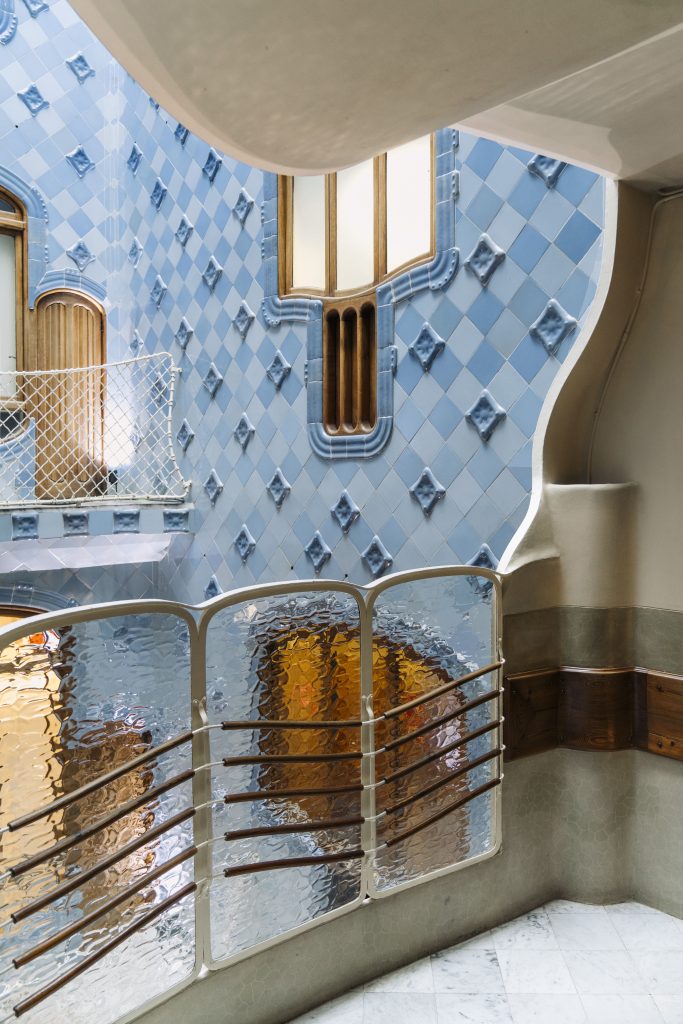
6. Despite its beauty, Casa Batlló did not cause a great sensation at first. Despite presenting the project to the city council’s annual competition for artistic buildings Gaudí failed to win twice, his rivals winning the trophy: in 1906 it was won by Casa Lleó i Morera by Doménech i Montaner and in 1907 , the Col·legi Comtal de Bonaventura Bassegoda Amigó. Finally in 1962, Antoni Gaudí’s Casa Batlló ceased to be seen as strange and was placed on the Heritage Catalog of the Barcelona City Council. In 1969 it was declared a Historic-Artistic Monument and since 2005 it has also been part of the UNESCO World Heritage Site. Finally in 2006 received The Best in Heritage from Europa Nostra Awards.
7. Casa Batlló was originally a block of flats for rent. The Batlló family lived on the main floor, which stands out for its large window that forms a platform overlooking Paseo de Gracia, for its large oak doors with organic shapes in which Gaudí integrated colored glass and, of course, for the fully undulating roof, which alludes to the force of the sea. The rest of the available flats were put up for rent.
8. Casa Batlló helped the Batlló family to climb the social ladder. For this reason, Josep Batlló was clear that not only did he want to be in Paseo de Gràcia, a prestigious location, but he wanted it to stand out from the rest. In the quest for a unique house, he gave himself body and soul to the creative mind and skill of Antoni Gaudí.
9. As we already said, it was not love at first sight for those seeing Casa Batlló for the first time, not even its owner, Amàlia Godó, daughter of the co-founder of the newspaper La Vanguardia. She was not exactly an ally of Gaudí’s ideas. The project caused endless disputes at home.
10. The interior of Casa Batlló undoubtedly competes in beauty with its spectacular façade. Antoni Gaudí loved details and craftsmanship and so he collaborated with the best artisans of the time working with wrought iron, wood, stained glass, ceramic tiles, stone ornaments, etc… An authentic work of art! He left nothing to chance and in addition to being an extraordinary piece of work, everything is entirely functional. Some of the furniture was designed by Gaudí himself but other spaces were decorated with 19th-century neoclassical furniture in a much more traditional manner.
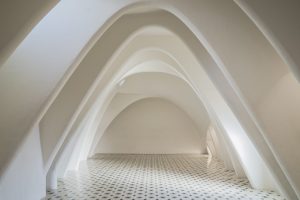
Visit Casa Batlló at Passeig de Gràcia, 43. Ticket sales.
 Book Tickets
Book Tickets
